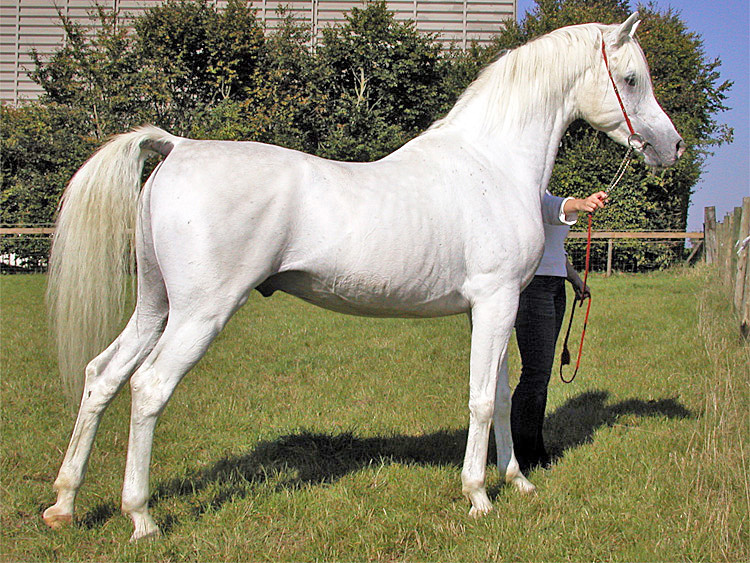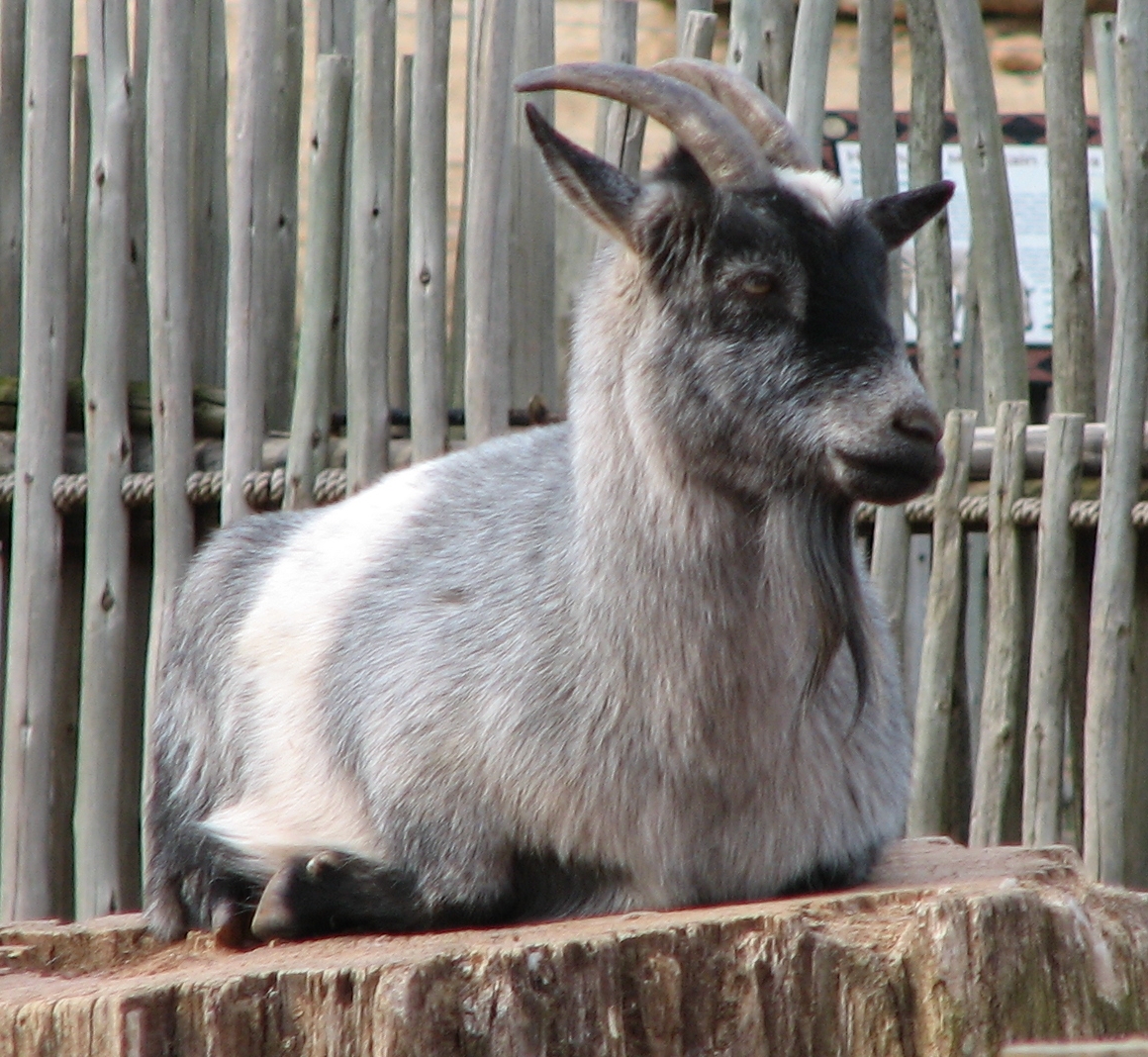|
Mulefoot Pig
Mulefoot are a breed of domestic pig which is named for its intact, uncloven hooves reminiscent of a mule.Mulefoot Hog ''The Livestock Conservancy'' Description These pigs are typically black, on rare occasions having white markings. They have long snouts that slowly converge downward, have erect, floppy ears, and short, shiny hair. Their face is similar to that of a wild boar’s. They typically reach a weight of , with males averaging and females . The sows are known as good mothers, having litters that average 5 to 6 piglets.History The Mulefoot likely originated with swine brought to the Gulf Coast by the Spanish; however, exactly when they originated as a syndactyl animal is not clear. While pigs with single hooves are found in writings as far back as A ...[...More Info...] [...Related Items...] OR: [Wikipedia] [Google] [Baidu] |
Domestic Pig
The pig (''Sus domesticus''), often called swine, hog, or domestic pig when distinguishing from other members of the genus '' Sus'', is an omnivorous, domesticated, even-toed, hoofed mammal. It is variously considered a subspecies of ''Sus scrofa'' (the wild boar or Eurasian boar) or a distinct species. The pig's head-plus-body length ranges from , and adult pigs typically weigh between , with well-fed individuals even exceeding this range. The size and weight of hogs largely depends on their breed. Compared to other artiodactyls, a pig's head is relatively long and pointed. Most even-toed ungulates are herbivorous, but pigs are omnivores, like their wild relative. Pigs grunt and make snorting sounds. When used as livestock, pigs are farmed primarily for the production of meat, called pork. A group of pigs is called a ''passel'', a ''team'', or a ''sounder''. The animal's bones, hide, and bristles are also used in products. Pigs, especially miniature breeds, are kept as pets ... [...More Info...] [...Related Items...] OR: [Wikipedia] [Google] [Baidu] |
Corn Belt
The Corn Belt is a region of the Midwestern United States that, since the 1850s, has dominated corn production in the United States. In the United States, ''corn'' is the common word for maize. More generally, the concept of the Corn Belt connotes the area of the Midwest dominated by farming and agriculture. Geography There is lack of consensus regarding the constituents of the Corn Belt, although it often includes: Iowa, Illinois, Indiana, southern Michigan, western Ohio, eastern Nebraska, eastern Kansas, southern Minnesota, and parts of Missouri.Hart (1986) It also sometimes includes: South Dakota, North Dakota, all of Ohio, Wisconsin, all of Michigan, and Kentucky. The region is characterized by level land, deep fertile soils, and a high organic soil concentration.Corn Belt Encyclopædia Britannica Online As of ... [...More Info...] [...Related Items...] OR: [Wikipedia] [Google] [Baidu] |
Conservation Priority Breeds Of The Livestock Conservancy
Conservation is the preservation or efficient use of resources, or the conservation of various quantities under physical laws. Conservation may also refer to: Environment and natural resources * Nature conservation, the protection and management of the environment and natural resources * Conservation biology, the science of protection and management of biodiversity * Conservation movement, political, environmental, or social movement that seeks to protect natural resources, including biodiversity and habitat * Conservation organization, an organization dedicated to protection and management of the environment or natural resources * Wildlife conservation, the practice of protecting wild species and their habitats in order to prevent species from going extinct * ''Conservation'' (magazine), published by the Society for Conservation Biology from 2000 to 2014 ** ''Conservation Biology'' (journal), scientific journal of the Society for Conservation Biology Physical laws * Conse ... [...More Info...] [...Related Items...] OR: [Wikipedia] [Google] [Baidu] |
Purebred
Purebreds are "cultivated varieties" of an animal species achieved through the process of selective breeding. When the lineage of a purebred animal is recorded, that animal is said to be "pedigreed". Purebreds breed true-to-type which means the progeny of like-to-like purebred parents will carry the same phenotype, or observable characteristics of the parents. A group of purebreds is called a pure-breeding line or strain. True breeding In the world of selective animal breeding, to "breed true" means that specimens of an animal breed will breed true-to-type when mated like-to-like; that is, that the progeny of any two individuals of the same breed will show fairly consistent, replicable and predictable characteristics, or traits with sufficiently high heritability. A puppy from two purebred dogs of the same breed, for example, will exhibit the traits of its parents, and not the traits of all breeds in the subject breed's ancestry. However, breeding from too small a gene pool, ... [...More Info...] [...Related Items...] OR: [Wikipedia] [Google] [Baidu] |
The Livestock Conservancy
The Livestock Conservancy, formerly known as the American Livestock Breeds Conservancy (ALBC) and prior to that, the American Minor Breeds Conservancy, is a nonprofit organization focused on preserving and promoting rare breeds, also known as "heritage breeds" of livestock. Founded in 1977, through the efforts of livestock breed enthusiasts concerned about the disappearance of many of the US's heritage livestock breeds, the Conservancy was the pioneer livestock preservation organization in the United States, and remains a leading organization in that field. It has initiated programs that have saved multiple breeds from extinction, and works closely with similar organizations in other countries, including Rare Breeds Canada. With 3,000 members, a staff of nine and a 19-member board of directors, the organization has an operating budget of almost half a million dollars. The Livestock Conservancy maintains a conservation priority list that divides endangered breeds of horses, asses, ... [...More Info...] [...Related Items...] OR: [Wikipedia] [Google] [Baidu] |
Louisiana, Missouri
Louisiana is a city in Pike County, Missouri, Pike County, Missouri, United States. The population was 3,364 at the 2010 census. Louisiana is located in northeast Missouri, on the Mississippi River, south of Hannibal, Missouri, Hannibal. Louisiana is located at the junction of Missouri Route 79, State Route 79 and U.S. Route 54 in Missouri, US 54. The former follows the Mississippi River for most of its length from Hannibal to St. Charles County, Missouri, St. Charles County. The latter enters Louisiana from Illinois via the Champ Clark Bridge (2019), Champ Clark Bridge, named for a former US Speaker of the United States House of Representatives, Speaker of the House from nearby Bowling Green, Missouri, Bowling Green. History The town was founded in 1816 by John Walter Basye and named after his daughter, Louisiana Basye. Other notable early residents were Samuel Caldwell and Joel Shaw, both of whom purchased land from Basye in 1818. All three properties became the original town pl ... [...More Info...] [...Related Items...] OR: [Wikipedia] [Google] [Baidu] |
Breed Association
Breed clubs are associations or clubs with activities centered on a single, specific breed of a particular species of domesticated animal. The purpose of the association will vary with the species of animal and the goals and needs of the members of the association. Breed associations or clubs may vary in their goals, activities and nomenclature from country to country, even for the same breed. Most domesticated animals, whether they are agricultural animals such as cattle, llamas, poultry, sheep and pigs, or companion animals such as pigeons, horses, cats and dogs, have breed clubs associated with the breed. Purpose In general, breed clubs and associations create a written definition of the breed (called a breed standard) for the breed with which the organization is associated. Breed clubs also maintain important records, and provide members with information. Many breed associations also have a social component, organising various activities such as shows. In addition, they may r ... [...More Info...] [...Related Items...] OR: [Wikipedia] [Google] [Baidu] |
Mississippi River Valley
The Mississippi embayment is a physiographic feature in the south-central United States, part of the Mississippi Alluvial Plain. It is essentially a northward continuation of the fluvial sediments of the Mississippi River Delta to its confluence with the Ohio River at Cairo, Illinois. The current sedimentary area was formed in the Cretaceous and early Cenozoic by the filling with sediment of a pre-existing basin. An explanation for the embayment's formation was put forward by Van Arsdale and Cox in 2007: movement of the earth's crust brought this region over a volcanic " hotspot" in the Earth's mantle causing an upthrust of magma which formed the Appalachian-Ouachita range. Subsequent erosion caused a deep trough that was flooded by the Gulf of Mexico and eventually filled with sediment from the Mississippi River. Geography The embayment is a topographically low-lying basin that is filled with Cretaceous to recent sediments. The northern end of the embayment appears as a ... [...More Info...] [...Related Items...] OR: [Wikipedia] [Google] [Baidu] |
Breed Standard
In animal husbandry or animal fancy, a breed standard is a description of the characteristics of a hypothetical or ideal example of a breed. The description may include physical or morphological detail, genetic criteria, or criteria of athletic or productive performance. It may also describe faults or deficiencies that would disqualify an animal from registration or from reproduction. The hypothetical ideal example may be called a "breed type". Breed standards are devised by breed associations or breed clubs, not by individuals, and are written to reflect the use or purpose of the species and breed of the animal. Breed standards help define the ideal animal of a breed and provide goals for breeders in improving stock. In essence a breed standard is a blueprint for an animal fit for the function it was bred - i.e. herding, tracking etc. [...More Info...] [...Related Items...] OR: [Wikipedia] [Google] [Baidu] |
Mule
The mule is a domestic equine hybrid between a donkey and a horse. It is the offspring of a male donkey (a jack) and a female horse (a mare). The horse and the donkey are different species, with different numbers of chromosomes; of the two possible first-generation hybrids between them, the mule is easier to obtain and more common than the hinny, which is the offspring of a female donkey (a jenny) and a male horse (a stallion). Mules vary widely in size, and may be of any color. They are more patient, hardier and longer-lived than horses, and are perceived as less obstinate and more intelligent than donkeys. Terminology A female mule that has oestrus cycles, and which could thus in theory carry a foetus, is called a "molly" or "Molly mule", though the term is sometimes used to refer to female mules in general. A male mule is properly called a "horse mule", though often called a "john mule", which is the correct term for a gelded mule. A young male mule is called a "mule co ... [...More Info...] [...Related Items...] OR: [Wikipedia] [Google] [Baidu] |
Selective Breeding
Selective breeding (also called artificial selection) is the process by which humans use animal breeding and plant breeding to selectively develop particular phenotypic traits (characteristics) by choosing which typically animal or plant males and females will sexually reproduce and have offspring together. Domesticated animals are known as breeds, normally bred by a professional breeder, while domesticated plants are known as varieties, cultigens, cultivars, or breeds. Two purebred animals of different breeds produce a crossbreed, and crossbred plants are called hybrids. Flowers, vegetables and fruit-trees may be bred by amateurs and commercial or non-commercial professionals: major crops are usually the provenance of the professionals. In animal breeding, techniques such as inbreeding, linebreeding, and outcrossing are utilized. In plant breeding, similar methods are used. Charles Darwin discussed how selective breeding had been successful in producing change over time in ... [...More Info...] [...Related Items...] OR: [Wikipedia] [Google] [Baidu] |






